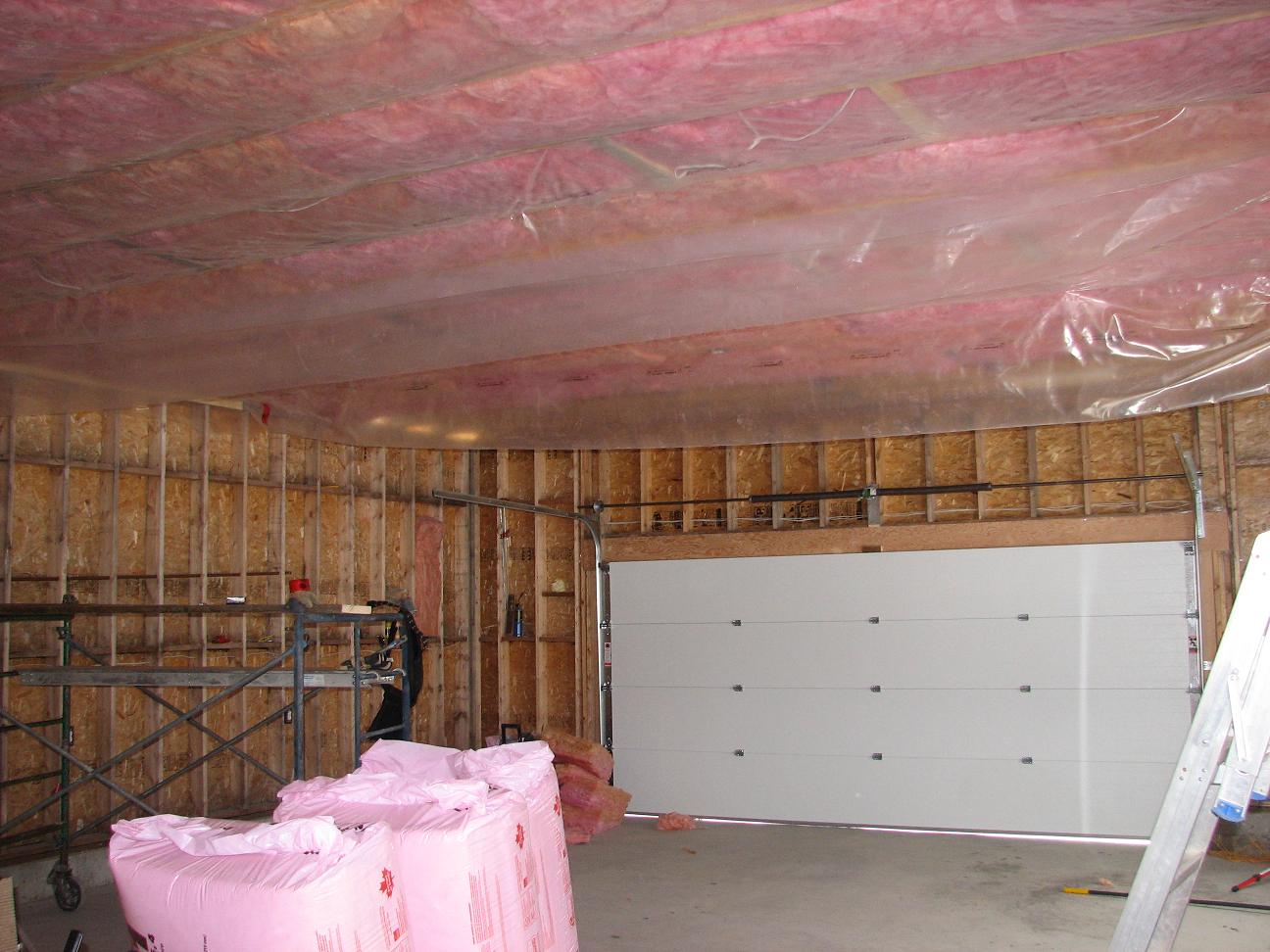After the insulation is in place you will want to add a vapor retarder sometimes called a vapor barrier if you need one.
Do i need a vapor barrier in my garage attic.
In mixed climate areas the vapor barrier is optional depending on the total design of a building.
By the time you paint the drywall though you ve brought it into the class iii vapor retarder range between 1 and 10 perms and even less water vapor will diffuse through.
It s important to use the right type of insulation to prevent moisture problems in your attic.
The paper facing contains a layer of impermeable asphalt that prevents water vapor from passing through it.
Not every wall does.
Attic insulation is available with and without a paper facing.
However all attics vented or unvented and in all climates should have an air barrier such as an airtight drywall ceiling.
A vapor retarder is a material used to prevent water vapor from diffusing into the wall ceiling or floor during the cold winter.
Here s what you need to know about the facing on attic insulation.
Since there seems to be only one long wall and very little framed cavity wall on the gable ends it would be advantageous to go ahead and finish the job by insulating and drywalling these walls.
Whether or not you need a vapor retarder hinges on three main factors your climate your home and the location of the wall you re insulating.
This makes it absolutely necessary to have a good vapor barrier and good venting to avoid potential interior rain storms lol.
The insulation fiberglass or cellulose is then placed on top of the drywall with no vapor barrier above or below.
In cold climates a vapor barrier is almost always needed.
If you need a vapor barrier and your insulation is unfaced you must cover it with a polyethylene film.
The facing on faced insulation acts as a vapor retarder.
A vapor barrier in an attic assembly in a severely cold climate with the absence of an air barrier will likely be ineffective.
The facing contains a thin layer of asphalt which acts as a vapor barrier to block moisture.
My other consideration would be insulating the exterior walls.
No you don t need a vapor retarder class i or otherwise.
Seal the air leakage pathways.
In hot dry climates your attic can be vented though like in hot humid climates you should not install any vapor retarder or barrier.



























